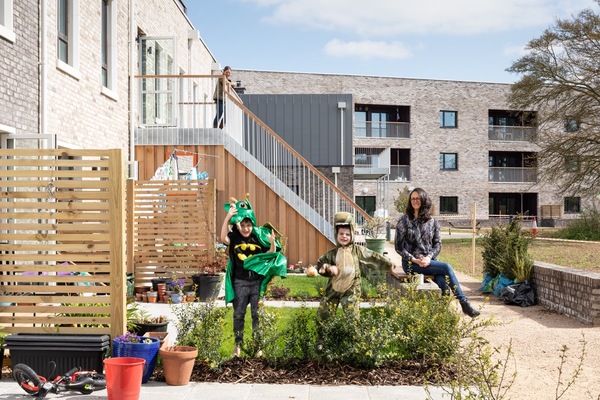Congress is taking place this year in Cambridge, 21 - 23 June 2023, on the theme of Designing for the Future.
Cambridge has a long and redoubtable history in architecture. Many of its instantly-recognisable buildings – such as the iconic Kings College chapel – owe directly to its longstanding position as a leading seat of education: a rich mix chapels, courtyards and libraries built up over 900 years.
But just as remarkable is the reputation Cambridge has carved out in the modern day, as one of the UK’s leading cities in the delivery of contemporary architecture and design.
With three Stirling Prize winning projects in 15 years – Accordia housing; the Sainsbury laboratory; and the current prize-holder, the New Library, Magdalene College - Cambridge could be argued the most important UK city for architecture outside London.
The University of Cambridge continues to play an important role in this success. Colleges are for their commitment to high-quality design, with considerable investment having been made in the delivery of new student accommodation, libraries, and other facilities over recent years. And this extends beyond individual buildings. Under development since 2013, the University’s Eddington development has brought the same, long-sighted thinking to district-scale development, and has quickly become known for its leading-edge approach to sustainability.
But Cambridge’s modern-day architecture isn’t all down to the University. Private sector housing developer Countryside commissioned Feilden Clegg Bradley to deliver Accordia, while more recently Marmalade Lane was the result of an innovative partnership between Cambridge City Council, TOWN and Trivselhus, and future residents in the form of a cohousing group, working closely alongside Mole Architects.
Today, there are a number of challenges which Greater Cambridge is facing. First, as the UK’s most unequal city, it has the largest gap between highest and lowest earners in the country. Second, Cambridge City Council has ambitious aims to become net zero by 2030 – ahead of national goals. And third, it’s an area envisaging major growth, with 44,400 new homes, and 58,500 new jobs, envisaged by 2041 in Greater Cambridge. This, while addressing questions of infrastructure, from water to cycling, and while seeking out new ways of living that prioritise wellbeing, access to nature and opportunities for all.
How will Cambridge’s unique track record in design and architecture equip it to face these challenges?
Thumbnail photo of Marmalade Lane © David Butler





